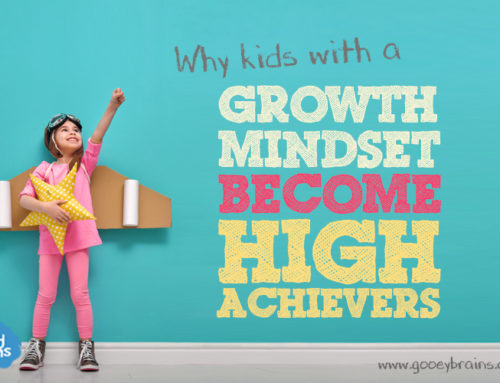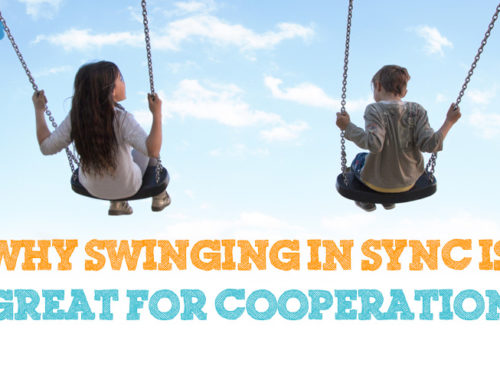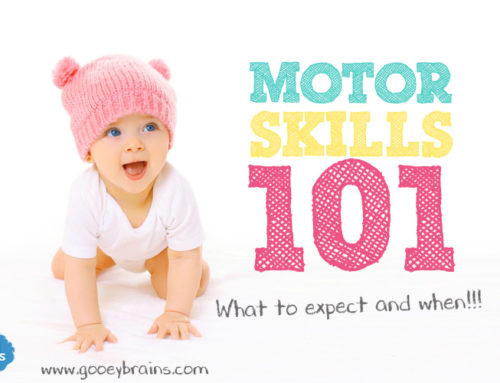Children are learning new information every day with their amazing young brains! How easily they learn certain information actually depends on their learning environment, or what is happening around them at the time. A major task of learning in childhood is the ability to pay attention to the right information and to ignore everything else that is happening at the time. For example, if a child is trying to learn the alphabet by listening to you sing the ABC’s they need the ability to focus on the song while ignoring the TV, the family conversation, the beeping microwave, the road traffic noise and the fly buzzing around the room in the background.
This is a really important concept in understanding how children learn. Alison Gopnik, a psychology professor at the University of California Berkeley, explains that a child’s attention is like a lantern.
Learn more about Alison Gopnik in her TED talk.
The light of a lantern spreads broadly and evenly over a wide space. Similarly a child’s attention is spread across their entire environment. They are noticing (and being distracted by) everything around them. Let’s compare this to an adults attention, which is more like a flashlight. A flashlight shines brightly onto a small area or object. Similarly an adults attention focuses in on a few key elements and fades out the background.
New research was released in July 2016 by Brianna McMillan from the University of Wisconsin-Madison suggesting that background noise at home or school made it hard for kids to learn new words. The researchers discovered that louder background noise reduced toddlers capacity to learn new words. When learning what new words mean, toddlers do better when the background noise levels are low. It also helps if the toddlers have heard the word before in conversation within a low background noise environment before learning what the word means. Finally, if the toddler must learn in a high noise environment, then drawing their attention to the sounds the word makes may help to focus their attention on the learning task.
High noise affects reading ability.
This research is very important as the modern home is now very busy with activity and background noise. It is not uncommon to have multiple sources of background noise occurring simultaneously. For example, the TV or radio may be on in the background, there may be noise from video games or appliances, and other family members may be talking. Brianna McMillan explains that… “Modern homes are filled with noisy distractions such as TV, radio, and people talking that could affect how children learn words at early ages. Our study suggests that adults should be aware of the amount of background speech in the environment when they’re interacting with young children.” It is inevitable that children will be learning in noisy environments, but let’s think about what we can do boost the learning process for kids…
- Reduce background noise as much as possible by turning off technology and appliances
- Present important information at a time when other conversations are not occurring in the background
- In high noise environments actively draw a child’s attention to the important information and refocus their attention frequently
We all know that learning is a really important skill for children to master. Brianna McMillan believes that “learning words is an important skill that provides a foundation for children’s ability to achieve academically”. Her research reminds us that the simple task of turning off the TV can make a big difference in a child’s life.

You can read more about her experiments here:
Society for Research in Child Development. (2016, July 21). Background noise may hinder toddlers’ ability to learn words. ScienceDaily. Retrieved August 7, 2016 from www.sciencedaily.com/releases/2016/07/160721072605.htm






